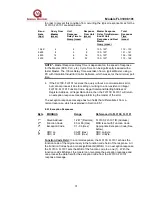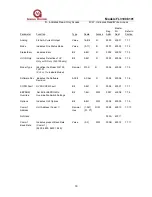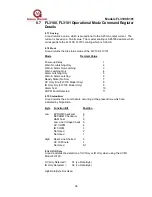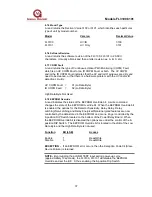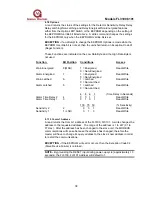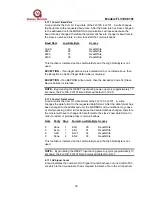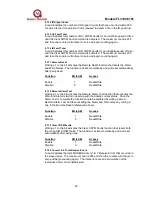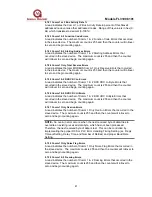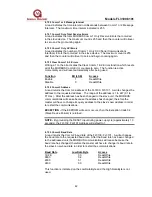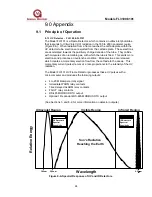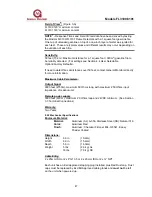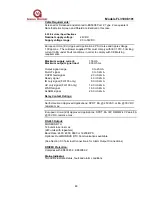
Models FL3100/3101
45
9.1.2 UV/IR Flame Detector - FL3100
The Model FL3100 is a discriminating UV/IR Detector, which makes use of an
ultraviolet radiation sensitive phototube in addition to an infrared detector. This
combination provides a flame detection system, which is highly immune to false
alarms.
The UV portion of the detector, as described in UV Detector, is combined with an
infrared detector, which responds to changes in the intensity of infrared radiation.
By sensing very specific wavelengths in both the UV and IR spectra (Figure 9-A)
and then processing these signals with a microcomputer, a very high degree of
discrimination is achieved.
Incorporated in the IR circuitry is a flicker discrimination circuit. This permits the
detector to ignore steady IR sources such as hot objects. The inherent flickering
of a flame provides the necessary modulation to activate the IR circuit.
Since a flame is a copious source of both ultraviolet and infrared radiation,
discrimination is provided when both UV and IR emissions are detected. If only
UV is detected, as in the case of arc welding, no alarm is given. If only IR is
detected, such as a large modulating hot object, no alarm is given. However, if
both conditions are met in the correct combination and intensity, as determined
by an algorithm in the microcomputer, a fire is identified and the alarm outputs
are activated.
COPM Circuitry
A self-testing feature called Continuous Optical Path Monitoring (COPM) checks
the optical path, the detector(s), and the related electronic circuitry once every
minute. If foreign material impairs the optical path of the UV detector tube (both
Models FL3100 and FL3101) or the infrared detector (Model FL3100 only) for two
consecutive checks, the unit will indicate FAULT. The optical FAULT outputs are
a 2.0mA signal, de-energizing of the FAULT relay, and RS-485 output signal (see
Section 3.3 Terminal Connections). After a COPM FAULT, a COPM check is
performed every 7 - 8 seconds until the fault condition is removed. Then the
COPM check will resume a once per minute check.
WARNING - Dirty or partially blocked windows can significantly reduce the
detector’s field of view and detection distance.
NOTE - Since the optical path is checked once per minute and it requires two
check failures to produce a FAULT, it may take up to two minutes for the unit to
detect an obstruction.
Alarm Test
The Models FL3100 and FL3101 Flame Detectors have a built-in Alarm Test
feature. By connecting one contact of a SPDT momentary switch to TB1 position
4 and the other contact to DC COM TB1, position 9 and 10 (see Section 3.3
Terminal Connections), the user can test the alarm outputs of the Flame Detector
by activating this switch for one to eight seconds depending on the Alarm Time
Delay Setting.

